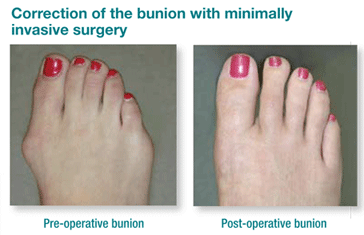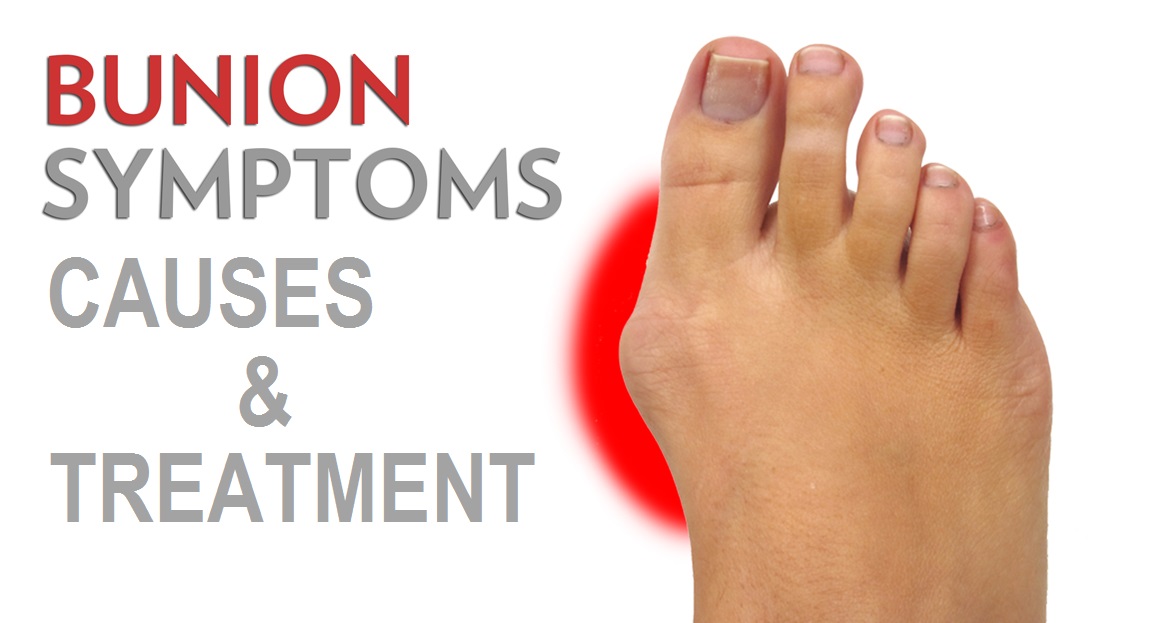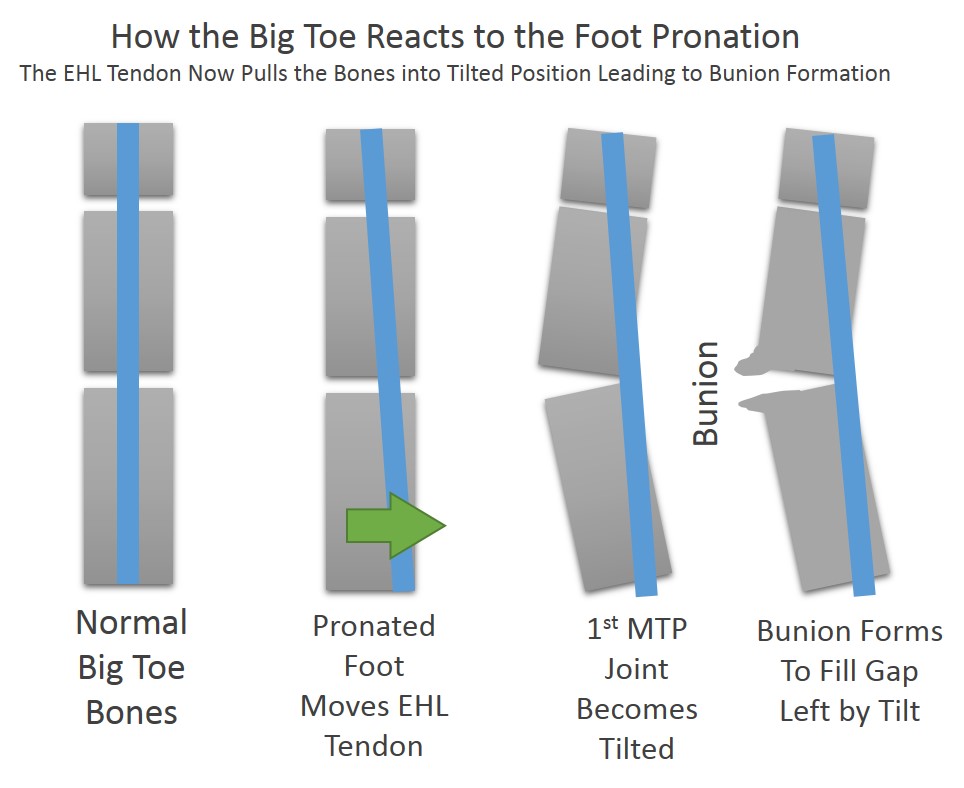Bunions often affect the feet of older people, although they may also occur at younger ages. These bony bumps just below the big toe can become painful in time. Bunions have a number of possible causes, which can affect treatment. They can be an important issue for people with diabetes, as they can affect the skin condition and may cause ulcers.
What is a Bunion?
Table of Contents
A bunion is a bony overgrowth on the joint at the base of the big toe. Bunions can occur on either foot. A similar condition can develop on the joint of the little toe – these smaller bumps are known as bunionettes. A bunion forms when the big toe pushes inward against the second toe; the joint on which the bunion forms is pushed outward and the joint becomes bigger and sticks out. The skin over the bunion may become reddened and sore. Known in medical circles as hallux valgus or hallux abducto valgus, the development of bunions is a progressive disorder.
In most cases, the bump continues to grow in size. Bunions can be very painful, especially if you wear tight or poorly-fitting shoes. Caring for bunions is particularly important for people who have diabetes, as they may have poor sensation in the feet and don’t heal well, which increases the risk of skin and tissue damage as well as infection. In addition to causing pain, bunions may interfere with walking and cause other toe deformities or calluses. Arthritis may occur in the affected joints.
Causes of Bunions
Bunions may be caused by one or a combination of factors. Bunions can result from inherited structural defects in the feet. Although bunions are more likely to affect older adults, adolescents (especially girls) can also develop bunions. This is likely to be an inherited condition. An injury that causes uneven weight bearing or makes the toe joint unstable may contribute to developing bunions. Feet that don’t develop properly before birth may be more susceptible to bunions.
Certain forms of arthritis, such as rheumatoid arthritis, may increase the risk of bunions. Conditions like polio that affect both muscles and nerves may be a contributing factor. Women are generally more susceptible to bunions than men. This may be because women are more likely to wear “fashionable” high-heeled or narrow shoes, which have been implicated as one possible cause of bunions.
Symptoms of Bunions
In addition to the bump on the joint at the base of the big toe, symptoms of bunions include:
- Soreness or pain
- Pins and needles or numbness
- A sensation of burning in the area of the bump
- Swelling (in addition to the bump itself) that may extend up into the toe or foot
- Reddened skin
- Restricted movement in the affected toe
- Corns and calluses may coexist with bunions
- The big toe may rub on the toe next to it
Conservative Treatment for Bunions
Treating a bunion with conservative measures won’t make it go away; conservative treatment is more about management and trying to keep the bunion from getting worse. The most important thing patients can do is to buy properly fitted footwear with plenty of toe room. The staff person on duty should actually measure the foot to ensure the size is right and the shoe fits correctly. A moleskin or gel-filled pad can help relieve pressure on the bunion.
Shoe inserts, whether over-the-counter or prescription based, can help keep the foot in the proper position. A splint (which should be prescribed by a doctor) can be worn at night to help hold the toe straight. Over-the-counter pain medications may be helpful and some patients find relief with ice, warm soaks, whirlpool, ultrasound and massage. Since excess weight may make the problem worse weight loss may be in order.
Surgery for Bunions

In most cases, the primary indication for surgery is intractable pain. Other possible reasons for surgery include inflammation and swelling that doesn’t improve with treatment, a serious deformity in the toes or an inability to bend or straighten the big toe. This kind of surgery is usually performed by either a podiatrist or an orthopedic surgeon.
Prior to surgery, a medical evaluation and a review of medications is required; patients may need to stop some medications. Blood tests, X-rays and a heart test (EKG) may be necessary. Most surgeries are done on an outpatient basis in a hospital or outpatient surgical center. Local, spinal, regional (a block) or general anesthesia may be used. Surgical times vary depending on the exact procedure, but an hour or two is common.
Bunion surgery – like any surgery – has potential risks and complications. These include infection, nerve injury, bleeding and failure to heal. The surgery doesn’t always relieve the pain and even after surgery, the big toe joint may remain stiff; sometimes the bunion can reoccur. After surgery, patients must keep the foot elevated to reduce swelling and need to use a walker or crutches as weight bearing is contraindicated. Pain medications and antibiotics are often prescribed. The stitches are usually removed after two weeks. Most patients find the surgery does help, although the recovery period may be as long as six months or more.,
Bunions can be very painful, as well as disfiguring, so there are both health and cosmetic reasons to prevent or treat them. Wearing well-fitted shoes that are large enough is one of the most important things people can do to prevent bunions or manage them if they occur. If they do occur, however, conservative management is often successful. Should surgery be necessary, most people do have a good outcome.


